The preparation of linguine pasta as a meal for children is straightforward, uncomplicated, and speedy. You have no idea how this easy pasta dish is not only cheesy and flavorful, but also a quick and easy recipe has, and family-friendly.
Because I used fresh tomatoes in the cooking process, there is no need for a sauce to accompany this meal of spaghetti. Yeah! I can assure you that your loved ones will like this meal, despite the fact that it does not include any kind of sauce.
Because my child enjoys this meal quite a lot, I make it for him or her at home on a fairly frequent basis. He is not a fan of sauce that is poured over pasta and served to him.
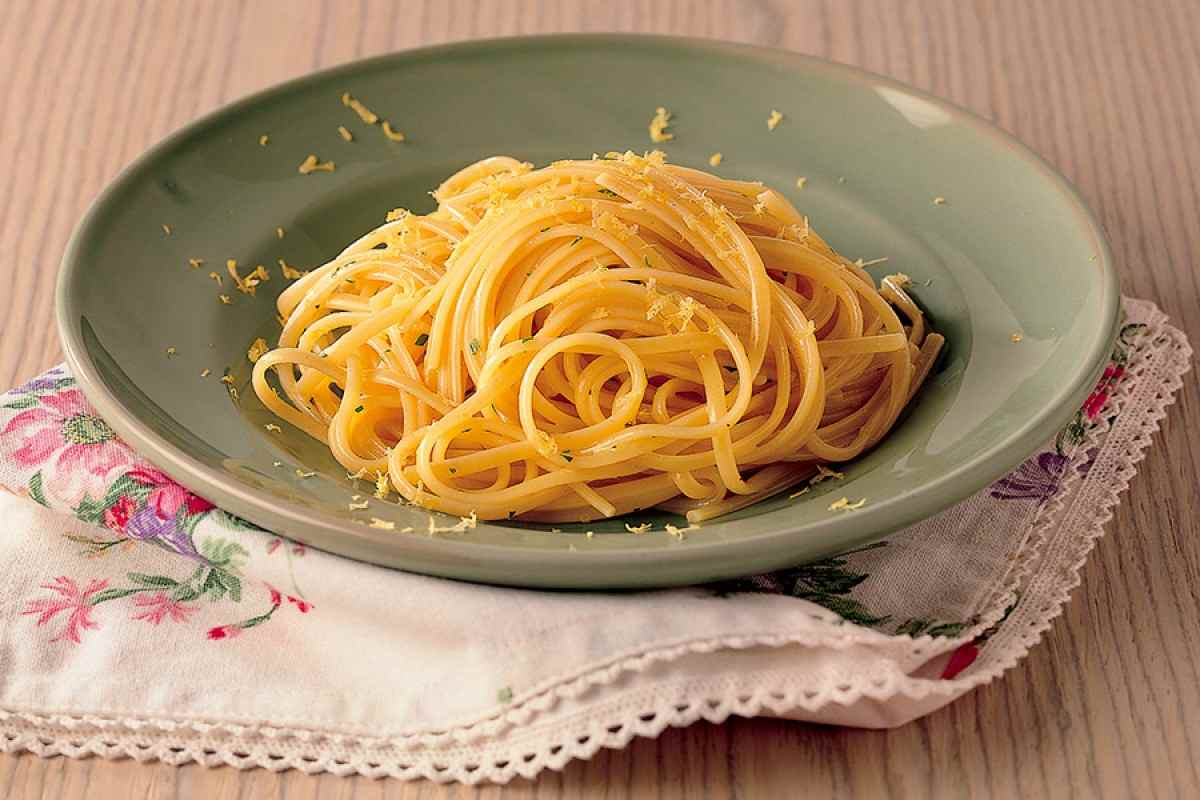
Because of this, I’ve been using this approach to create pasta for many years now. The children in my extended family as well as the children in my group of friends who tried my spaghetti were completely taken away by how tasty it was.
There are several reasons why children like eating this food.
Because it is geared toward young children, I often refer to it as “pasta for kids.” Because of this, I only ever use fresh tomatoes whenever I make this recipe.
What exactly do you mean by that? If you either have children or are responsible for preparing meals for children, you undoubtedly have firsthand experience with the difficulty of getting youngsters to eat their vegetables.
But, hey, there are other methods to feed kids veggies, and undoubtedly, there are occasions when we may make them happy by providing spaghetti that does not include any vegetables.
Let’s have a look at the components that make it up:
Because my family and I eat a lot of tricolor ordinary pasta, I make sure to have a good supply of it in my kitchen at all times.
Even though the firm that makes my go-to pasta also sells tri-color penne, for some reason, my youngster is more interested in the tried and true. However, feel free to use the kind of pasta that is your own taste or the one that your children like most.
In order to cook pasta, it must first be boiled in water that has been salted. Nevertheless, they are done to perfection when served al dente; consequently, you shouldn’t be concerned if you overcook them.
Our go-to method for preparing pasta is a meal that is cooked all the way through, not one that is served al dente.
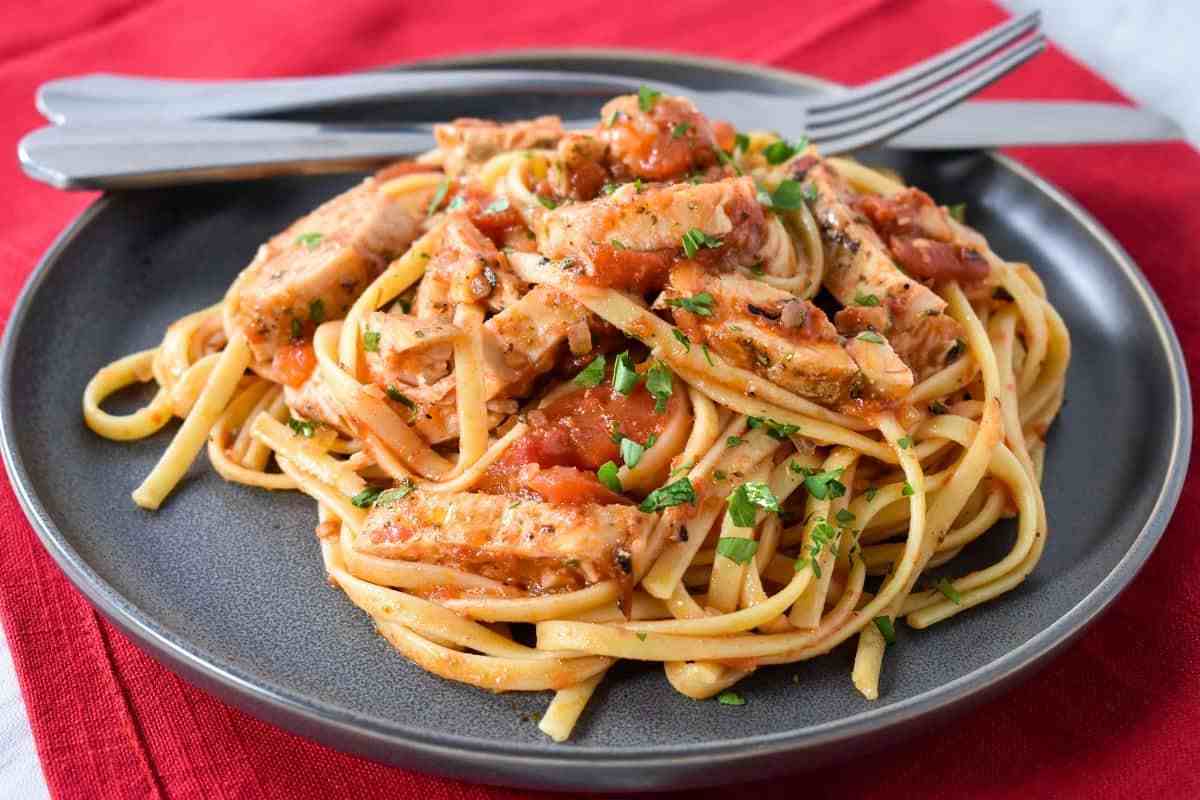
You may get started by boiling the pasta in accordance with the instructions on the package. The next thing to do is to give it a taste, and if it needs to be cooked more, the cooking process will continue.
You shouldn’t toss out the water in which the pasta was boiling. Use a slotted spoon to take the paste from the water, and then whisk it into the tomato sauce after it has been removed.
Keep the water and mix it in with the tomato paste at a ratio of 2:1 or 3:2, depending on whatever you choose.
In the event that the meal seems to lack moisture, more pasta water may be added. When I’m creating pasta meals, I always use olive oil in the recipe.
Nevertheless, you are free to use any other neutral cooking oil, such as olive oil, in its place. However, olive oil should never be heated while being used in the kitchen.
Once the tomatoes have been put in, the olive oil should be heated up in the pan once it has been put in. Spices and Herbs: The heat from the quarter of a teaspoon of cayenne pepper that I put into this paste is hardly perceptible at this point.
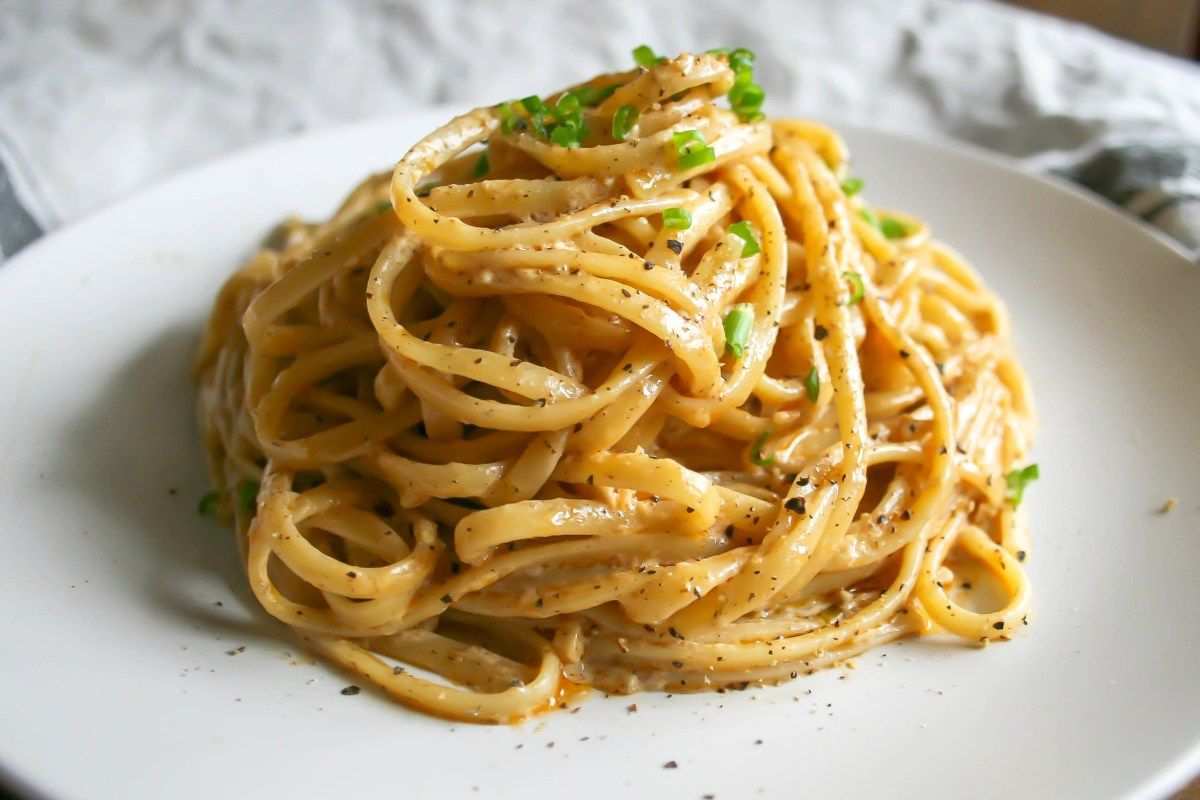
The paprika powder imparts a wonderful smoky taste to the spaghetti and gives it a vibrant color as well. However, you are free to use whatever spices you choose.
However, I would advise against using an excessive amount of them. The straightforward nature will appeal to younger audiences.
When I prepare pasta, I always use oregano and basil, two of my favorite dry herbs, both of which are dried. In their place, you may use substitute herbs such as chives, parsley, or even fresh herbs.
Cheese: If you don’t have either sort of cheese on hand, you may substitute grated marble cheese in its place. You may also use cheddar cheese in place of the mozzarella. In addition to that, don’t restrict yourself to mozzarella.
A spaghetti recipe that is foolproof and suitable for children, with directions that are explicit and to the point:
The first thing you need to do is start a large pot of salted water to boil. Cook the pasta until it reaches the desired texture of “al dente,” or according to the package directions.
In the meantime, cut the tomatoes and put them in a fairly big skillet that has been heated with olive oil. Salt, paprika, Indian pepper, dried oregano, and dried basil should be mixed together in a basin until thoroughly combined.
Stirring the mixture frequently while it is simmering will help the tomatoes become more pliable.
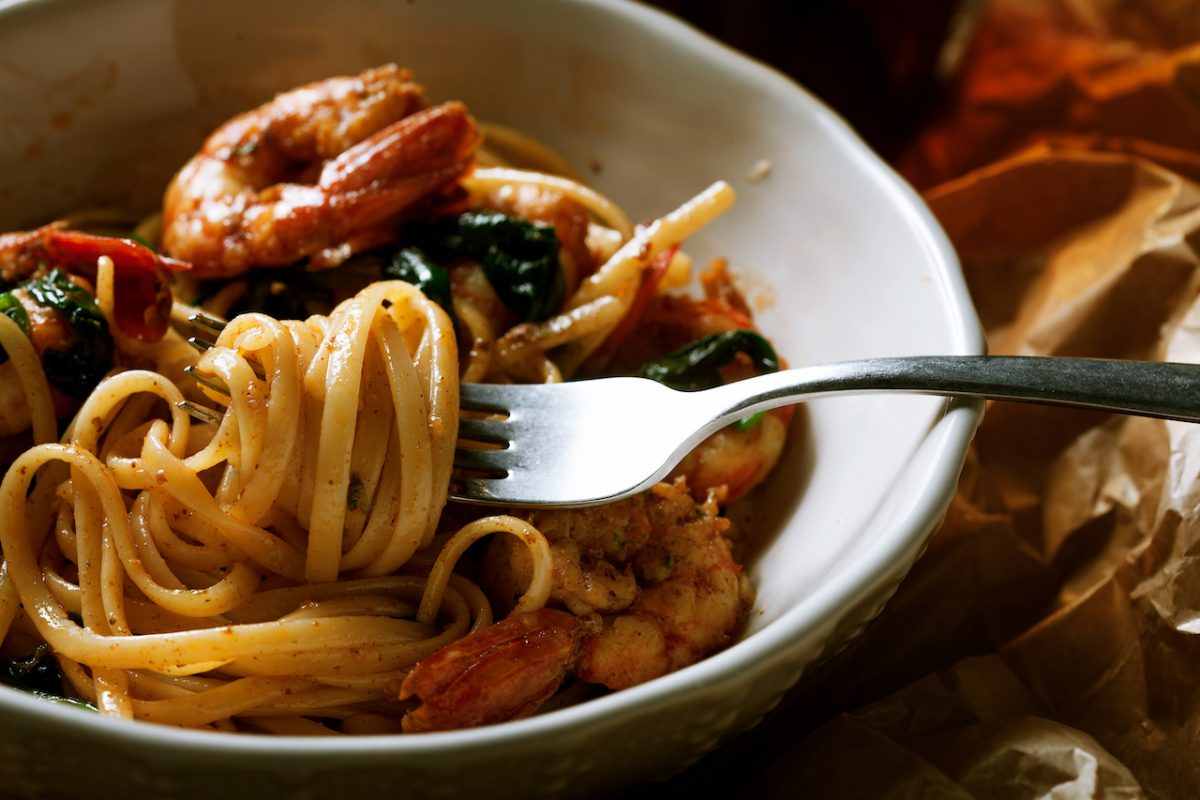
Remove the cooked pasta from the skillet and place it in the bowl with the tomato sauce using a slotted spoon (you may have to do this several times, depending on the size of the slotted spoon).
It is essential to set aside a portion of the water from the cooked pasta for later usage. It seems like a fantastic combination to have tomato sauce and pasta together.
Combine the two types of cheese in a smooth manner. Add two to three tablespoons of the water that you put aside earlier to the bowl that contains the pasta and tomatoes. In the event that the meal seems to lack moisture, more pasta water may be added.
Put the cheese in the oven at 350 degrees for three to four minutes, and then check on it to make sure it melts. As a spice, add some crushed red pepper along with some freshly ground black pepper. A hot dish is what you need.
As you can see, preparing this spaghetti doesn’t require any effort at all. You may have this spaghetti for dinner, or you could have it as a side dish for a light lunch.
This recipe lends itself well to improvisation, so feel free to tailor it to your preferences. Include more tomato, herb, and spice ingredients, and use the pasta of your choice in the dish. This is a recipe that can be prepared quickly and simply at home.
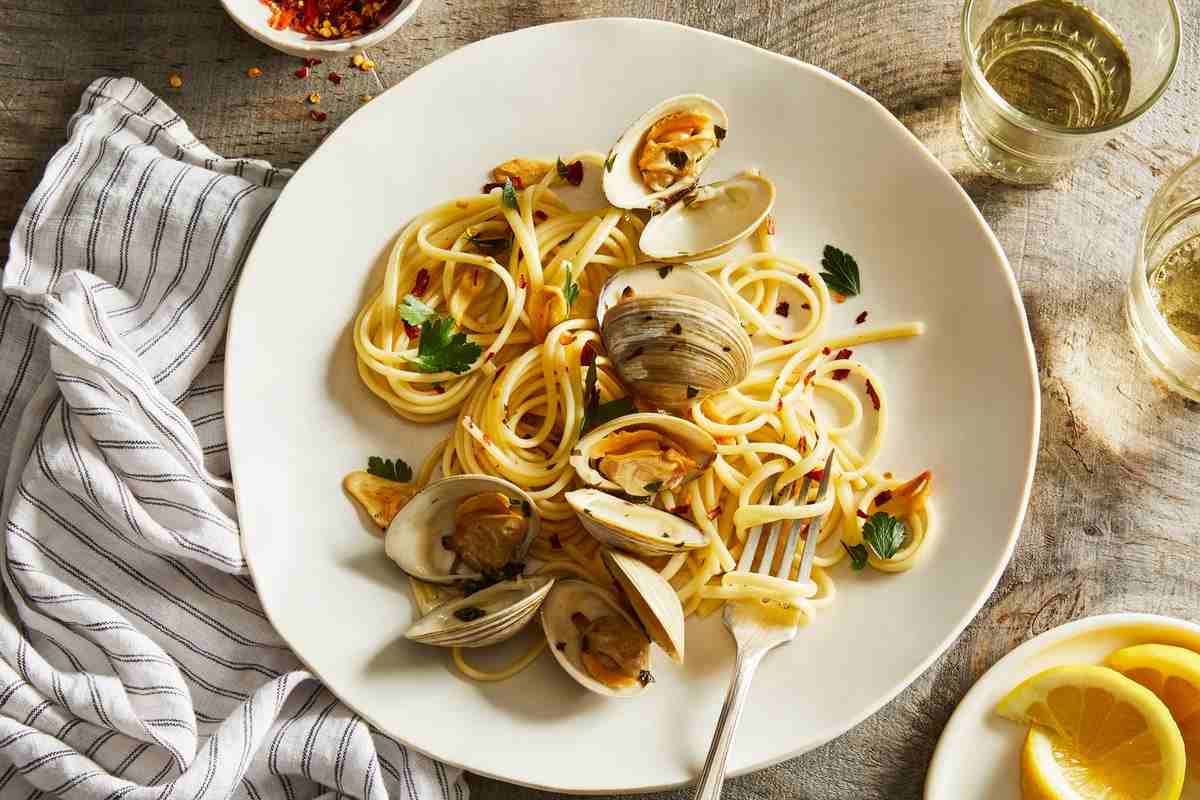
Linguine Pasta Recipe Easy
When prepared with a zesty lemon sauce, pasta dishes such as spaghetti, tagliolini, and linguine taste especially mouthwatering.
This easy Lemon Pasta with Cream Sauce recipe is the ideal way to ease into the world of lemon pasta, which is a wonderful realm. I solemnly declare that this is a match created in the gastronomic equivalent of paradise!
This dish is prepared using a recipe that hails from the southern area of Italy. Campania, and more specifically the Sorrentine Peninsula and the Amalfi Coast, was the birthplace of this development.
Lemons are among the most well-known of the numerous things that Amalfi and Sorrento are renowned for, and there are many things to be known for.
Even though lemon trees can be found in almost every region of southern Italy, the lemons that are grown in this region are often considered to be the best. The Sorrento Peninsula has been recognized since Roman times as an ideal place for the cultivation of lemons.
In point of fact, ancient Romans believed that lemons had curative properties for every illness. Lemon cultivation did not become a significant contributor to Campania’s economy until the 10th and 12th centuries when it had already been an established industry there.
During this historical period, Amalfi was an important commercial hub as well as an independent maritime republic.
Lemons were originally planted as a source of food supply for ships in order to combat the spread of scurvy. It is interesting to note that lemons had a reputation for preventing scurvy even before vitamin C was discovered.
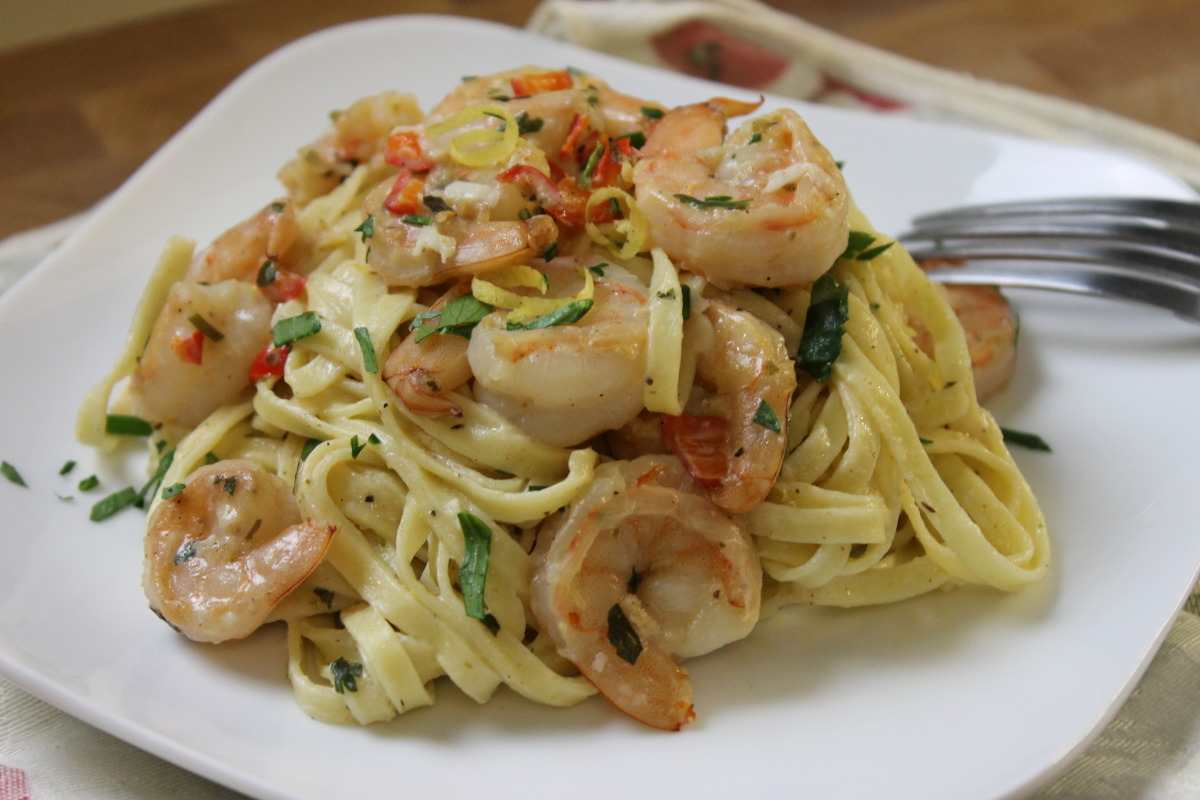
Over the course of time, farmers in the region tried out a wide variety of lemons, but in the end, they settled on only two that were the most successful for their crop.
The Amalfi lemon, also known as Sfusato d’Amalfi, is highly recommended by the locals due to the fact that it has 25% more water and more vitamin C than other lemons.
In spite of the fact that Femminello Sorrentino lemons have a somewhat higher level of acidity compared to Amalfi lemons, they nevertheless contain a great deal of vitamin C and are quite tasty when eaten fresh.
Lemons from Sorrento are often used in the production of limoncello, another outstanding lemon-based beverage from Italy.
It shouldn’t come as much of a surprise to learn that lemon plays an important role in the cuisine of this area. Lemons are also used in savory dishes such as “pasta al Limon.”
Only on the Amalfi Coast! This instruction might be delivered in a number of different ways, such as with or without cream, or even in lieu of ricotta or goat cheese.
I have previously provided a wonderful recipe for spaghetti with lemon ricotta, in which the only thing that has to be done on your end is to prepare the pasta.
When serving lemon pasta, some cooks like to top it with thyme, while others prefer to use parsley or basil instead. Garlic isn’t a required ingredient in every dish, however.
In this version of pasta al lemon, the only ingredients besides butter and heavy cream are grated Parmesan cheese, fresh parsley, lemon juice, and lemon zest.
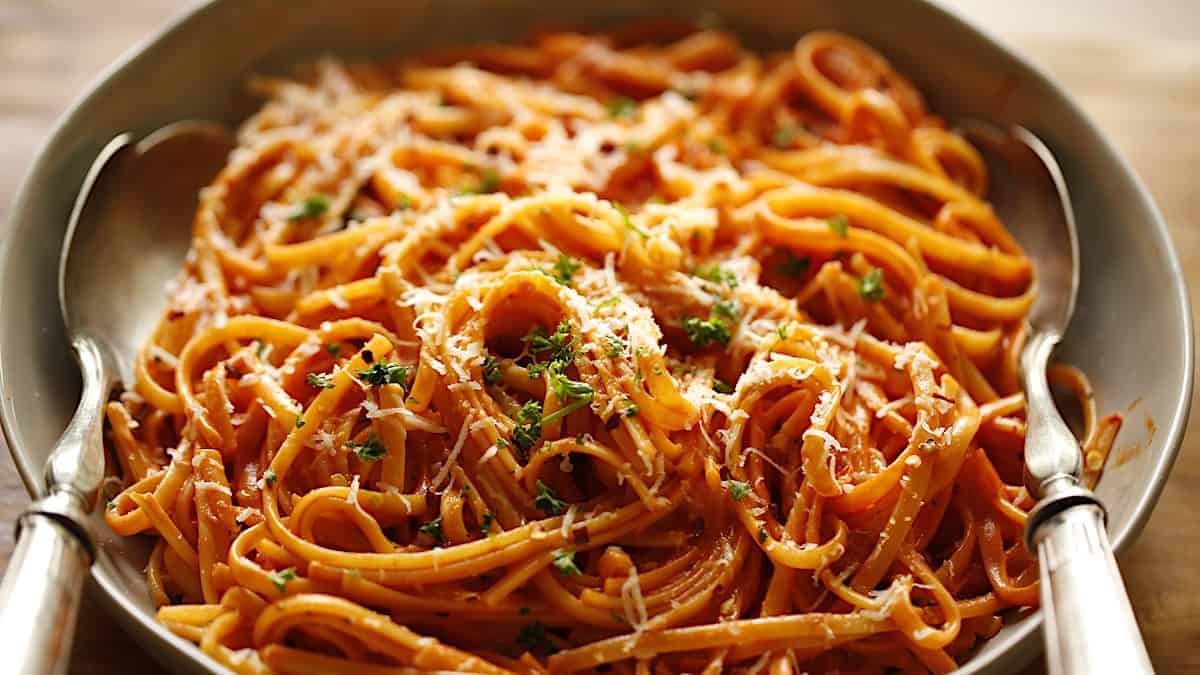
This sauce is an excellent choice for a weeknight meal since it requires so few ingredients and only takes between five and ten minutes to prepare.
As a result, you won’t waste any time getting the meal ready to eat by getting the water boiling and the pasta cooking at the same time.
If you are unable to get Sorrento or Amalfi lemons, you may use organic lemons, lemons that have not been treated with chemicals, or lemons that have not been waxed.
Because of the presence of poisons or fungicidal wax, some lemon peels are not fit for human consumption and should be avoided.
Even though I’ve heard that you only need to wash them with soap and water before eating them, I wouldn’t propose purchasing fruit that was cultivated using standard methods if you want to consume the skin of the fruit.
When you are grating or peeling the lemons for the sauce, it is important to keep in mind that the white pith of the lemons contributes flavor and should not be eliminated.
Instructions: grate or remove the rind from the lemon, but be sure to keep the pith intact (the white part). After that, you need to cut the lemon (or lemons) in half.
In order to be successful, you should strive to have a layer of skin that is as smooth as a tablespoon. Prepare the pasta water by bringing it to a boil. Place in the water the two halves of a lemon, then add the juice of another lemon that has been squeezed into the water.
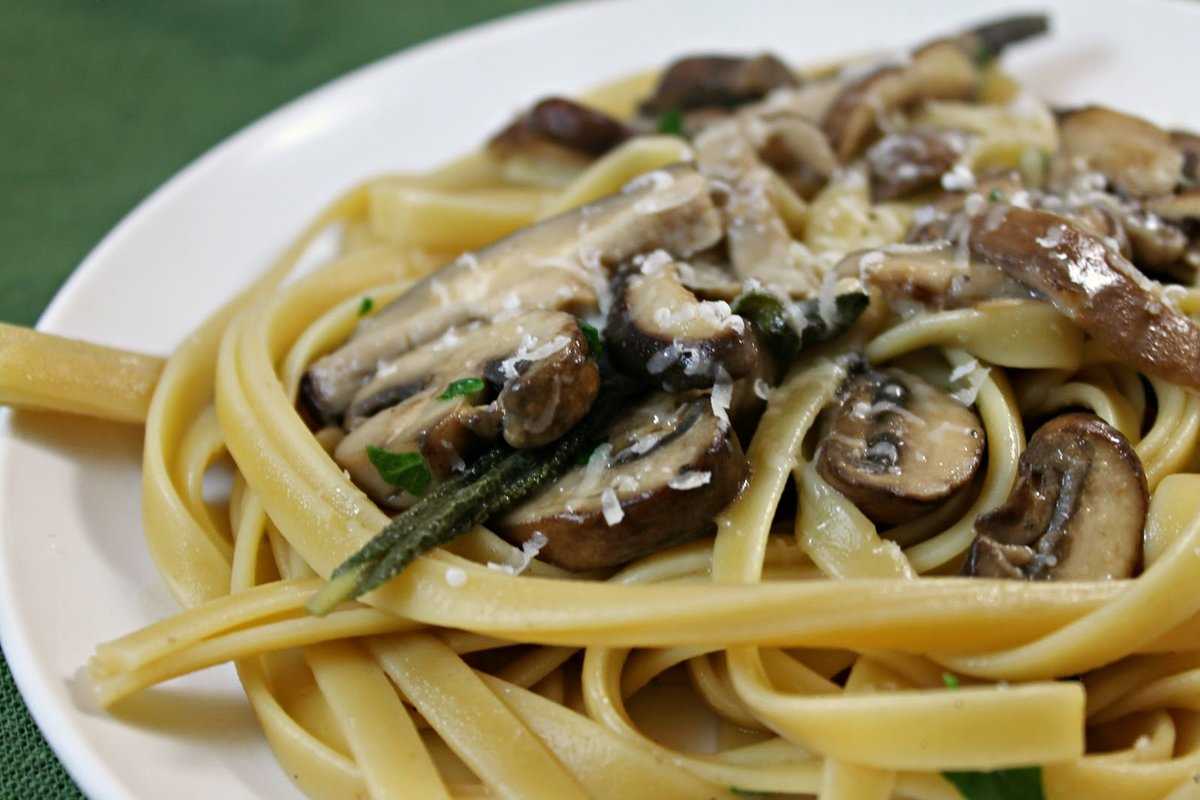
After the salt has been added to the water that is boiling, the pasta may then be put into the pot.
While that is happening, put the butter and olive oil in a big pan and cook them over medium heat until they are melted. After adding the lemon peel, just let the mixture boil for a few seconds until the scent of lemon emerges.
The next thing you need to do is pour the cream into the pan and then whisk it constantly until it has fully melted. When the cream has been heated for the appropriate amount of time, remove it from the heat.
Add some chopped parsley and give it a good toss to mix everything. According to the instructions on the box, pasta should be cooked until it has a little bite to it.
At the very end of the cooking time, transfer half of a ladle’s worth of pasta water to the lemon cream and thoroughly combine the two ingredients.
Mix the cooked pasta with the sauce in the pan, reserving a little quantity of the cooking water, and stir to combine. Mix everything together, and then let the pasta “soak up” the flavor of the sauce.
If the sauce is too thick, you may thin it up by using some of the water that was retained after cooking the noodles. When you are ready to serve it, sprinkle the top with grated Parmigiano, chopped parsley, and lime zest.

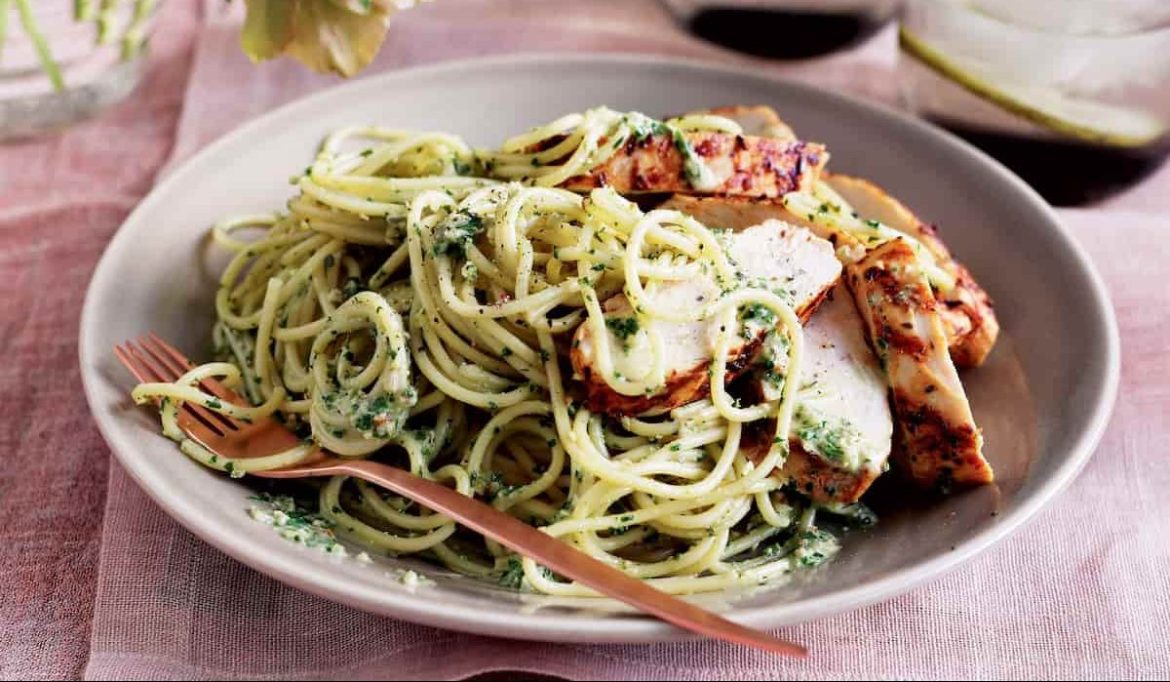
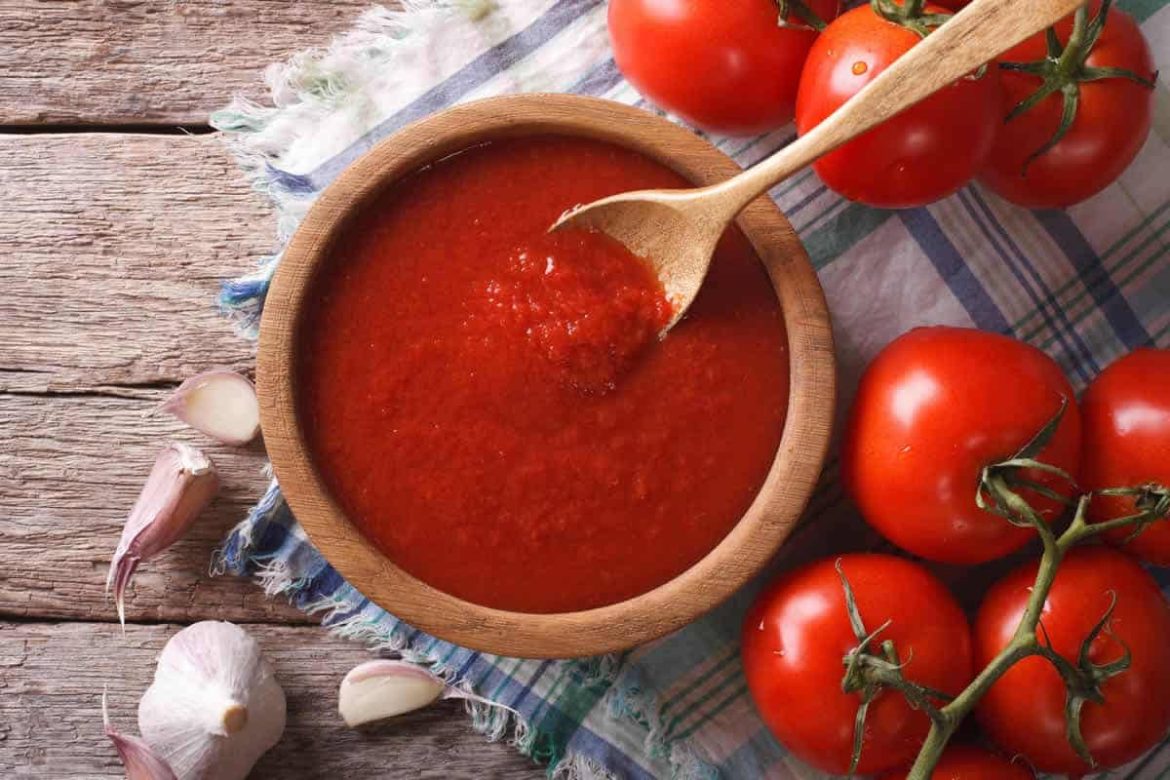
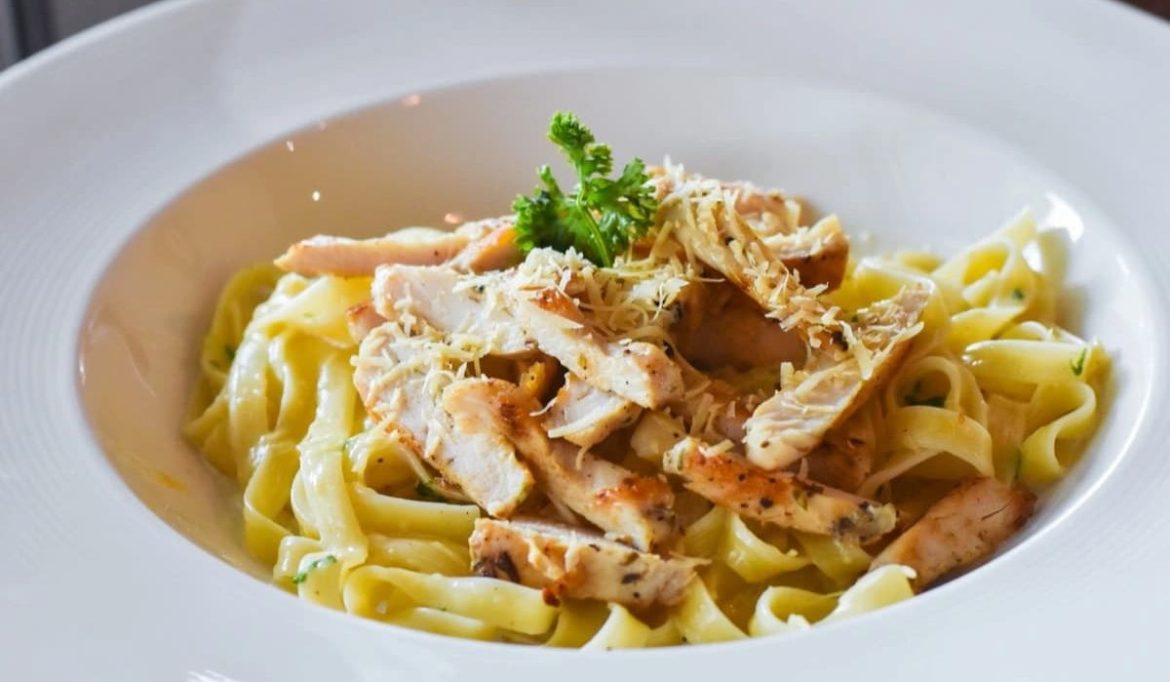
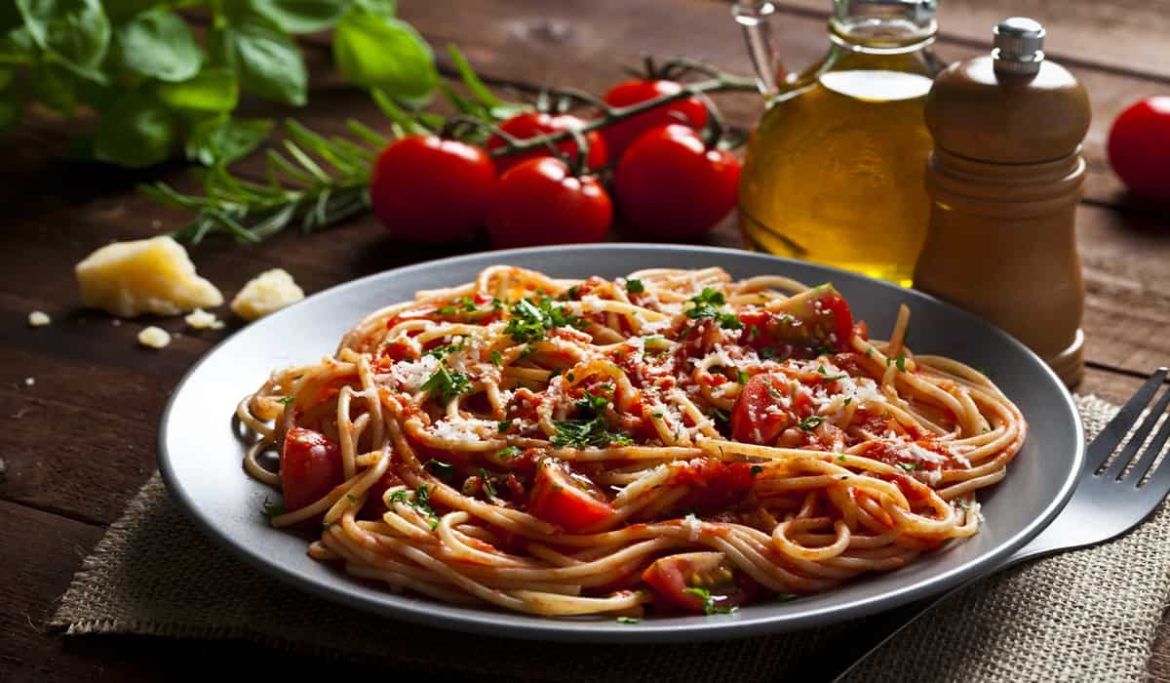
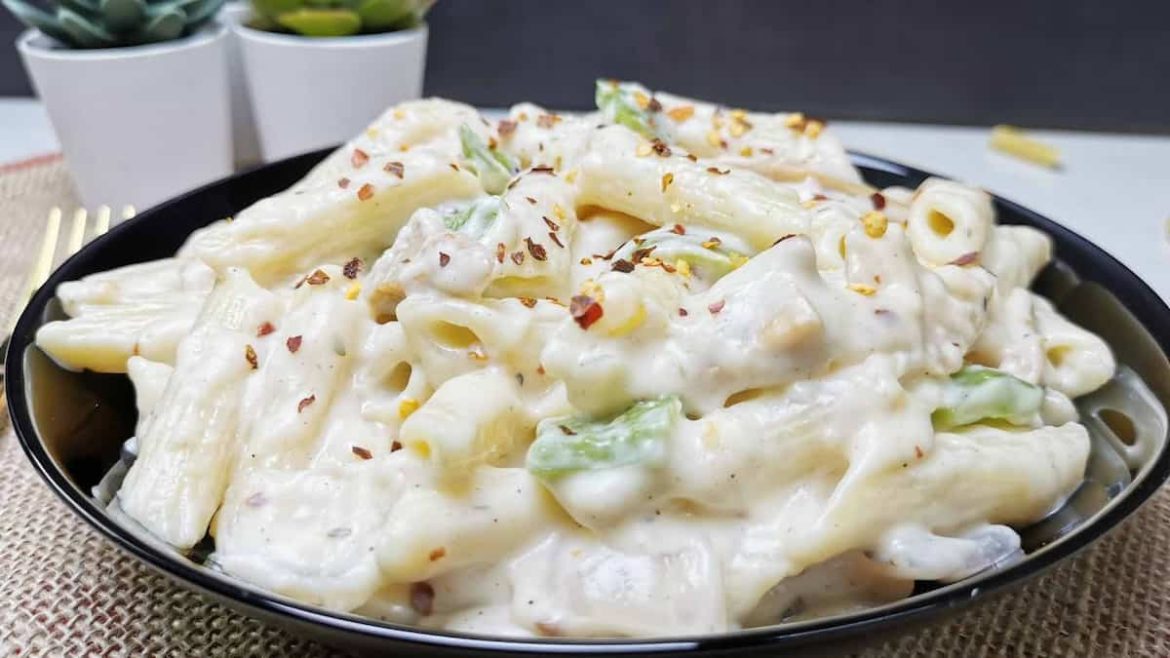
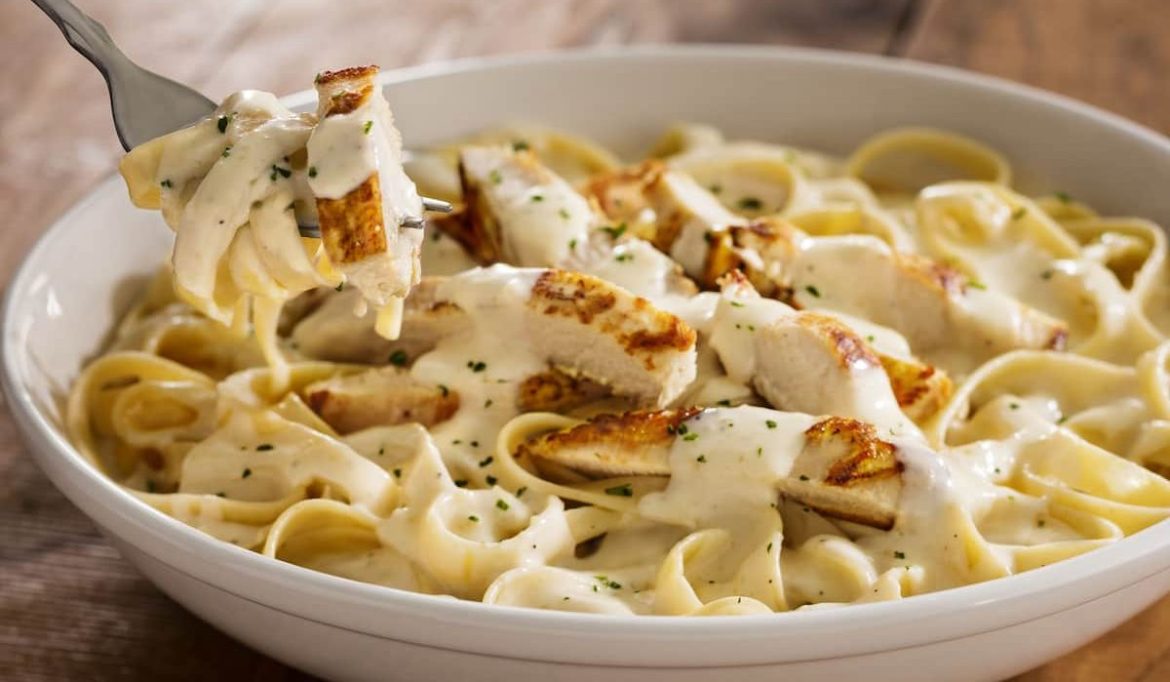
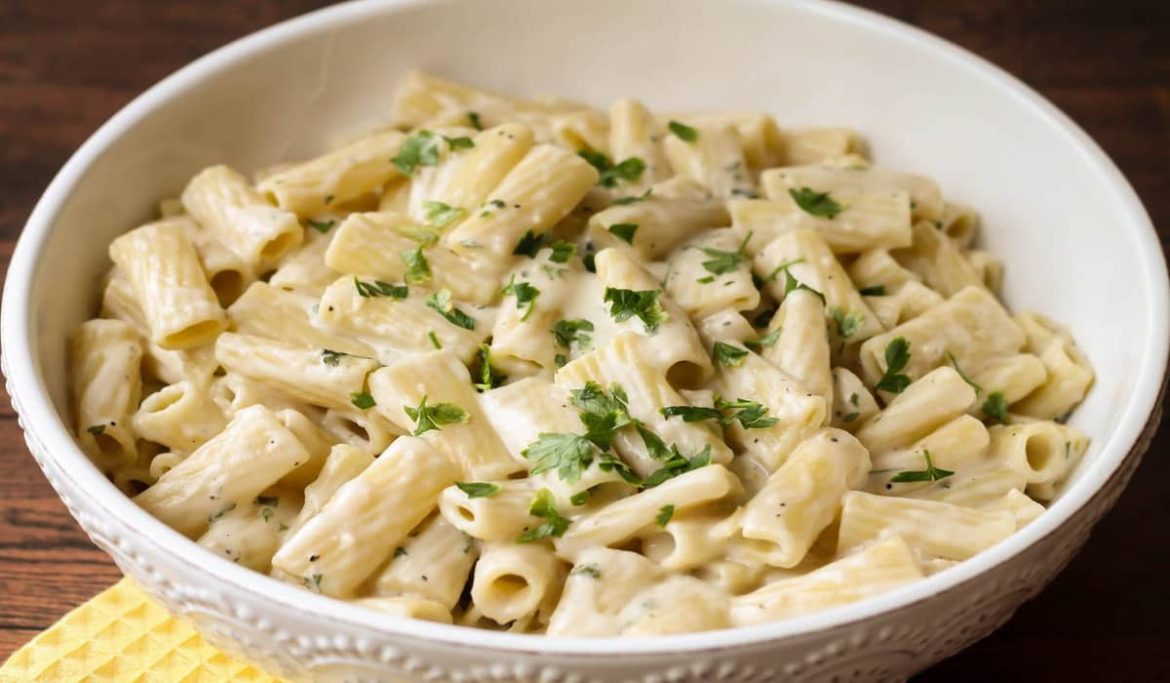
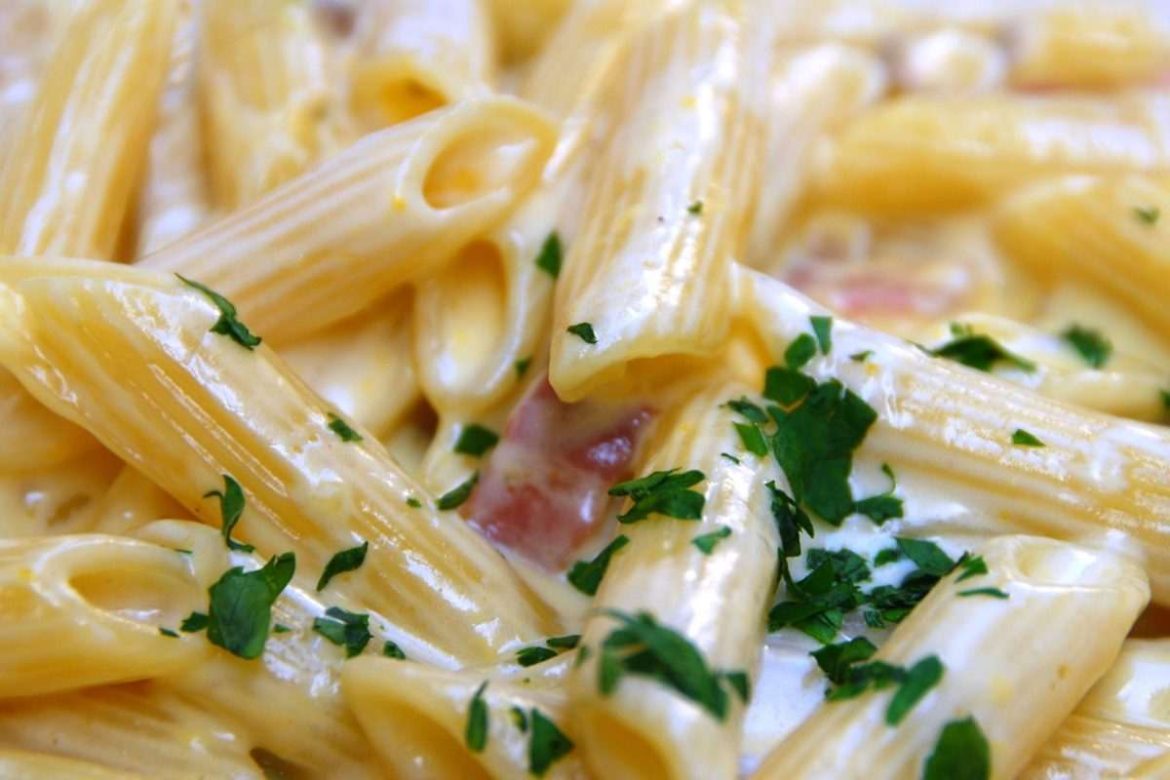
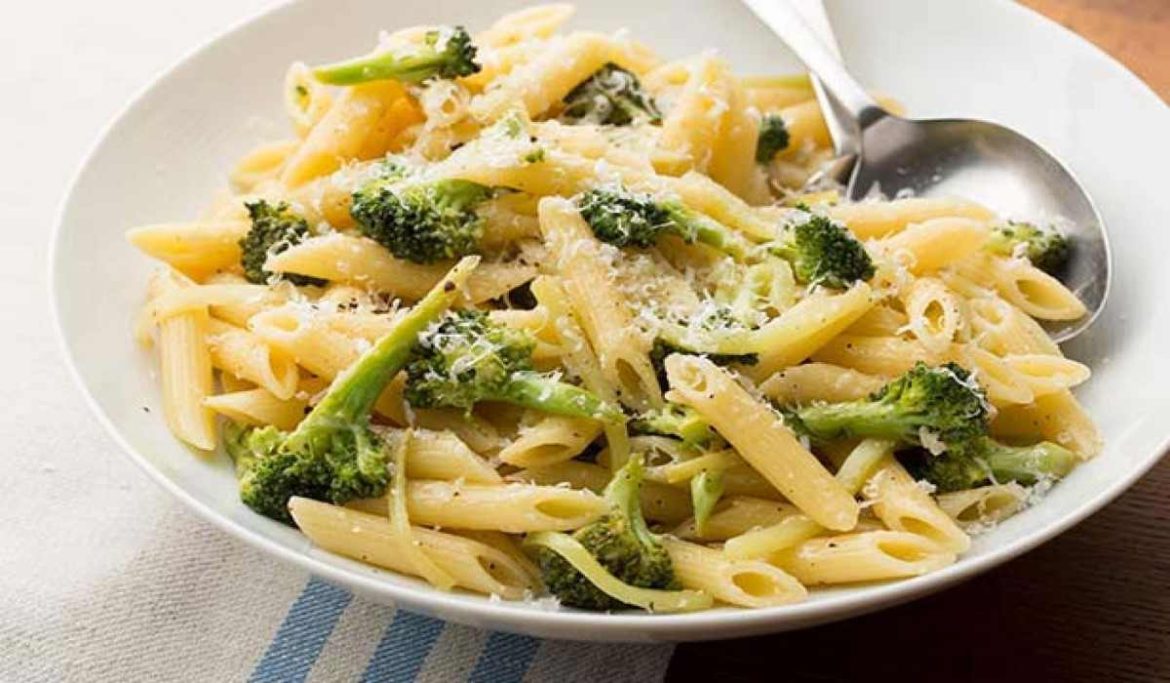
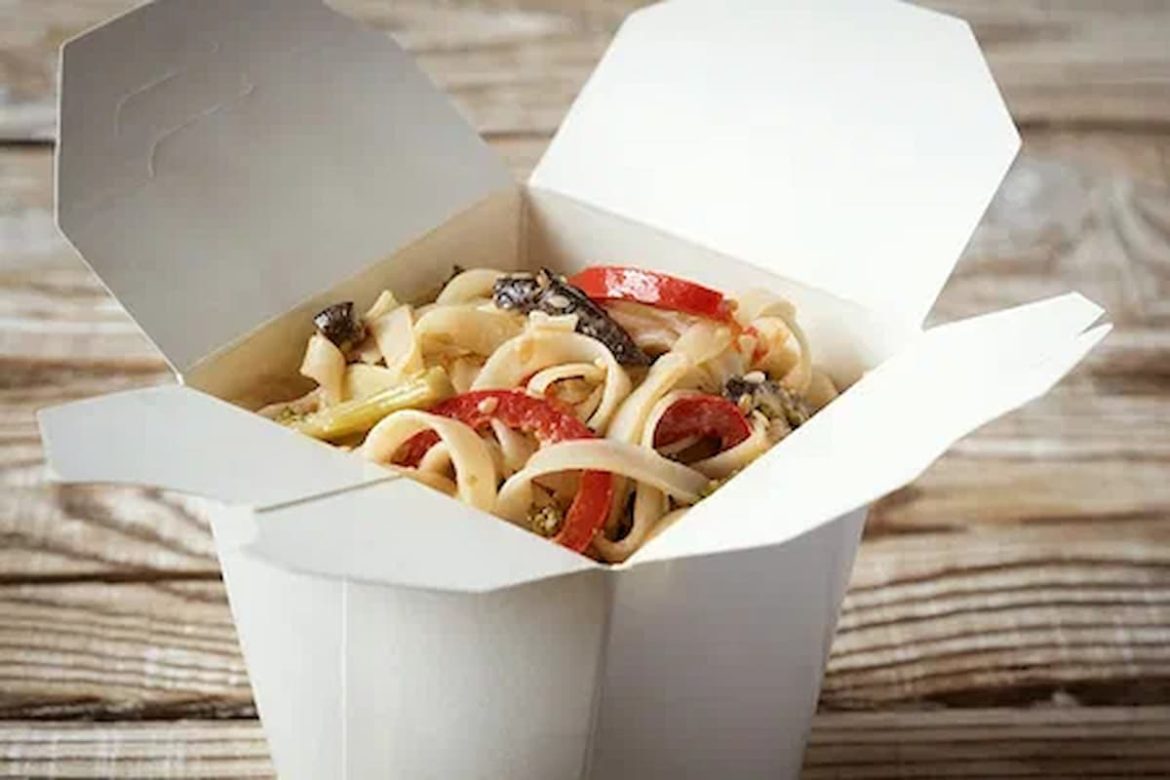
Your comment submitted.